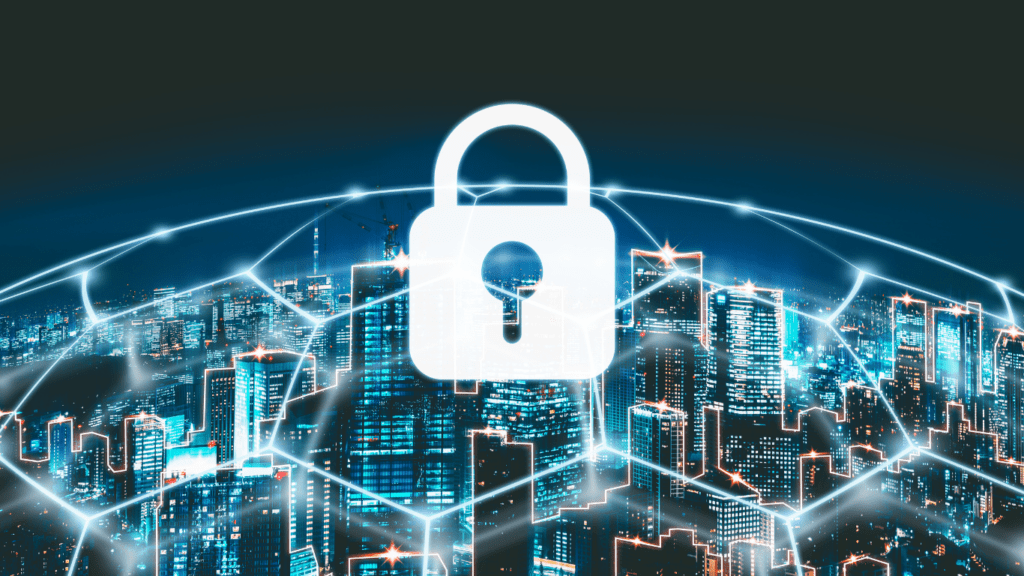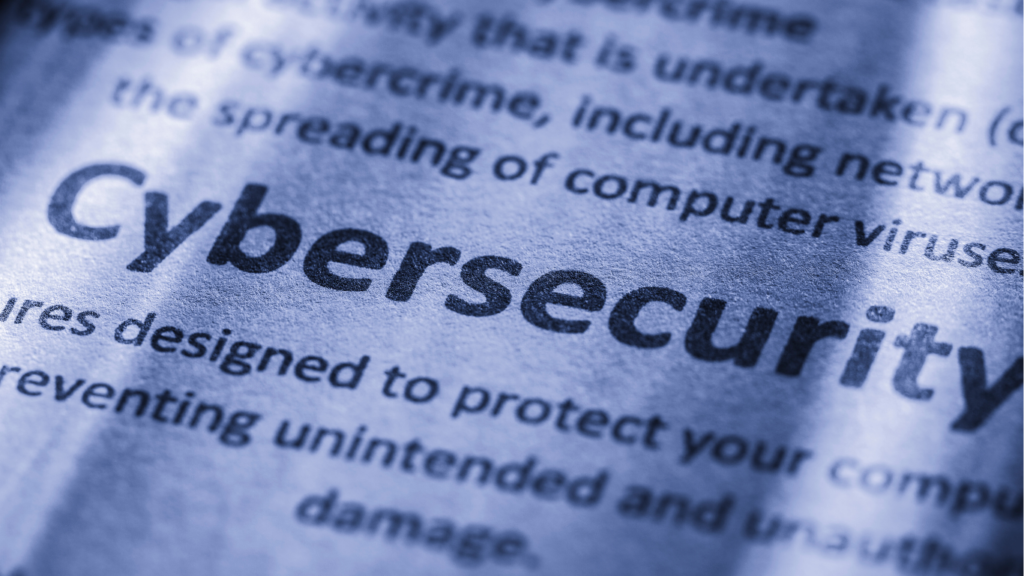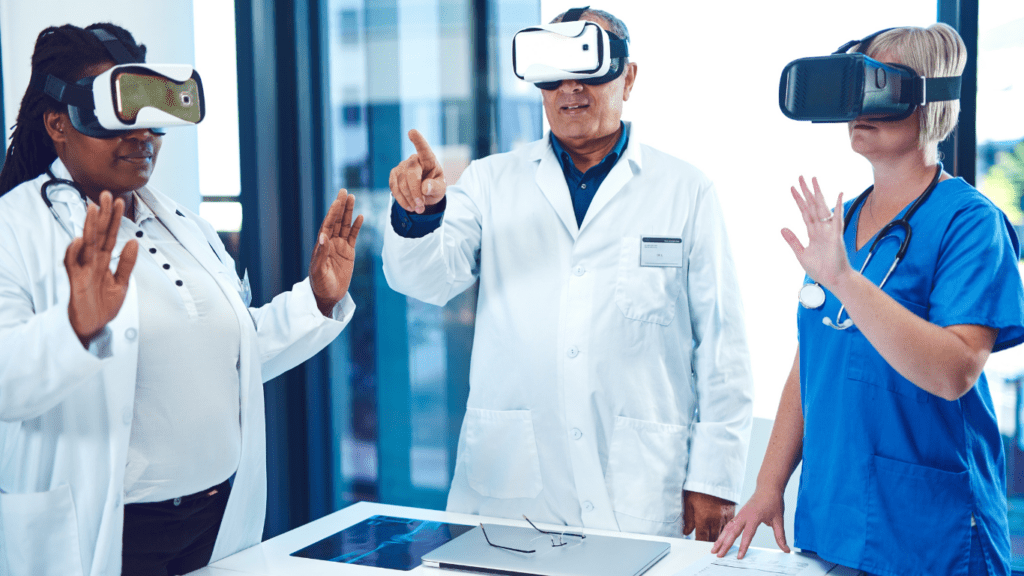Understanding Global Security Challenges
Global security challenges now span a range of issues, from technological vulnerabilities to geopolitical instability. Identifying these threats is vital for implementing effective solutions.
Defining Security Concerns in Today’s World
Modern security concerns encompass cyber threats, terrorism, and natural disasters. Cyber threats include data breaches and ransomware, which exploit weak digital infrastructures. Terrorism continues to pose risks through both organized groups and lone attackers. Natural disasters, such as hurricanes and earthquakes, lead to critical disruptions, especially in unprepared regions. These concerns are interconnected, magnifying their overall impact.
Importance of Proactive Measures
Proactive measures mitigate risks associated with emerging threats. Strengthening cybersecurity, for example, reduces unauthorized access and limits financial damage. Investing in counterterrorism efforts disrupts recruitment channels and prevents attacks. Preparedness plans for natural disasters ensure rapid response and resource allocation. Anticipating threats rather than reacting minimizes long-term consequences.
Top Security Concerns in 2023
In 2023, global security challenges have grown more complex due to:
- advancing technology
- political instability
- environmental changes
These issues demand strategic responses to safeguard both individuals and nations.
Cybersecurity Threats

- Cybersecurity threats in 2023 target critical infrastructure, businesses, and individuals.
- Ransomware attacks surged, with cases like the Colonial Pipeline incident highlighting vulnerabilities in essential services.
- Data breaches compromised sensitive information, impacting millions globally.
- Artificial Intelligence (AI) misuse, such as deepfakes and automated spear-phishing attacks, escalated risks by enabling sophisticated deception.
- Weak security protocols in IoT devices provided new entry points for cybercriminals.
Geopolitical Risks
Geopolitical tensions intensified, driven by disputes over territory, resources, and political influence. Ongoing conflicts in regions like Ukraine raised cross-border economic, energy, and security concerns. Trade wars and sanctions disrupted global supply chains, affecting food and energy availability. The rise in advanced weaponry, including drones and hypersonic missiles, increased the potential for faster, more destructive warfare. Regional instability in areas like the South China Sea and parts of the Middle East amplified risks of military escalation.
Climate-Related Security Challenges
Climate change exacerbated threats to global security through extreme weather events, resource scarcity, and migration crises. Severe droughts destroyed agricultural supplies, leading to food insecurity in vulnerable areas. Flooding displaced communities, creating humanitarian emergencies and strain on bordering regions. Rising sea levels endangered coastal infrastructure, including ports vital to global trade. Nations experienced intensified competition over freshwater and arable land, heightening regional disputes.
Public Health and Biosecurity
Public health risks escalated with emerging pathogens and global mobility. The spread of infectious diseases like COVID-19 continued, emphasizing gaps in disease surveillance and containment strategies. Misuse of biotechnology raised the threat of bioterrorism, with engineered pathogens posing scalable risks. Antibiotic resistance compounded the burden on healthcare systems amid increased chronic global health crises. Vulnerabilities in global vaccine distribution caused uneven preparedness for outbreaks.
Role of Technology in Addressing Security Concerns
Technological innovation plays a critical role in combating evolving security threats. By integrating advanced tools, governments, organizations, and individuals can better predict, prevent, and respond to challenges.
Artificial Intelligence and Predictive Analytics
Artificial Intelligence (AI) enhances decision-making by analyzing vast datasets to identify patterns and predict threats. Machine learning algorithms detect anomalies, such as unusual login activity, reducing response time during cyberattacks. Predictive analytics anticipates crime hotspots by studying historical data, aiding law enforcement in resource allocation. In public health, AI models forecast disease outbreaks, supporting proactive containment measures. AI-driven predictions improve strategic planning across sectors, preventing escalation of risks.
Advanced Surveillance and Monitoring Systems
Modern surveillance technology bolsters security by providing real-time data. High-definition cameras with facial recognition enhance border security by identifying suspects in restricted areas. Drones equipped with thermal imaging monitor vast areas, especially in conflict zones and natural disaster sites, offering critical insights. Biometric systems, like fingerprint or iris scanners, secure sensitive locations by ensuring accurate identity verification. These systems improve situational awareness, helping authorities respond rapidly to incidents.





